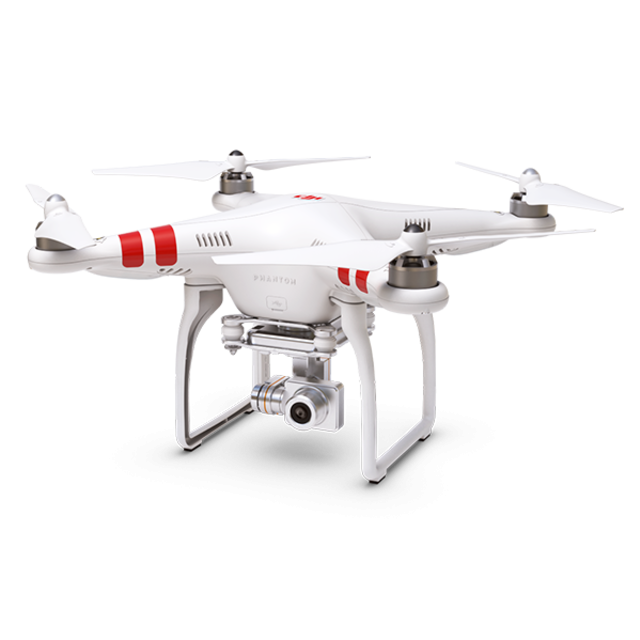On May 1, teams of engineering students showed off the fruits from a year’s worth of work for Engineering Design Days.
One hundred and five different teams were tasked to design and/or construct prototypes and concepts of gadgets ranging from an anti-drone device to a tube that would help prevent choking in hospital patients. Each team was sponsored by a different company, including Raytheon, Honeywell, Caterpillar, Boeing and the UA College of Medicine.
While teams had their own goals, they all competed for awards in multiple categories with prize money ranging up to $2,500.
Team 16003, sponsored by Raytheon, designed an anti-drone device with the conditions that it must be safe, legal and under UA’s and the Federal Aviation Administration’s regulations for flight.
The process was challenging. Wi-Fi jammers are illegal, and the team couldn’t exactly latch a gun onto the device to shoot at the drones.
“We search for drone networks. When we find one, we connect to its Wi-Fi network and shut it down,” said team member Sydney Alexandra Clark, an undergraduate studying engineering.
This approach doesn’t actually jam the Wi-Fi network.
“Our sponsor is from the navy side of Raytheon, and they were thinking of putting this on one of their ships to protect it from people who really shouldn’t be flying drones around,” Clark said.
RELATED: Interdisciplinary team wins Student Union Rooftop Garden Competition
Team 16004, sponsored by aerospace company Orbital ATK, designed a large-scale 3-D printer, aiming to print car and plane frames.
“We can print 50 inches by 50 inches by 30 inches tall,” said engineering undergraduate and Team 16004 member Alexander Harnack.
The entire printer structure was built from scratch with each part bolted and welded on by the team members. The team hopes to be able to print Ultem plastic, a high-grade and strong plastic, resistant to electricity that takes high temperatures to print.
Team 16071, sponsored by optics company Geost, designed a cart meant to remotely carry and lift a telescope.
“One of the main problems a lot of astronomers face with their large-diameter telescopes is [that] the setup time it takes to get it out of the garage and onto a tripod can take hours,” said team member and engineering student Lisa Bennett.
With this cart—equipped with an Arduino computer kit—the telescope need only be mounted once and can thereafter be controlled remotely with an Xbox controller.
Sponsored by the UA College of Aerospace and Mechanical Engineering, Team 16090 designed a drone better suited for long distance travel. The drone, shaped like a plane, is capable of flying further distances by saving energy. Standard drones take a lot of power just to lift off and fly a mile or two.
“This sort of configuration uses the forces of lift to carry it and conserve energy,” said engineering graduate student and team member Kevin Jacquinot.
This sort of design can be used effectively for missions such as search and rescue or anything that requires long distance travel.
RELATED: Hard rock at Old Main: UA mining students compete to drill massive boulder
Team 16062, sponsored by the UA College of Agriculture and Biosystems Engineering, designed a drone that can pollinate date trees.
“We had a weight limitation on our [quadcopter] drone, the actual weight of the payload would be that of a can of Red Bull,” said engineering undergraduate team member Victor Cortez. “And that was really difficult because it limited the gear we could use.”
This technology uses the air flow from a leaf blower to draw pollen out from a reservoir and push it out onto the plants. This kind of technology could be applied to efficiently pollinate small-to medium-sized trees.
Among the crowd of innovations, some teams rose to the top.
Team 16010, sponsored by medical manufacturer Xeridiem, won the Phoenix Analysis & Design Technologies Award for Best Use of Prototyping and $750 in award money.
The team was awarded the prize for their improvement of nasogastric tubes.
“Nasogastric tubes are a way of feeding patients who can’t feed themselves, but there’s a problem where the food could go down the wrong pipe, leading to choking,” said team member Kevin Brinkman, an engineering undergraduate. Team 16010 designed a sensing system to let medical professionals know whether the food is going down the right pipe.
“We can sense things up to the size of your pinky knuckle, but we need to go a lot smaller than that,” Brinkman said.
Whether further work is necessary or not, Team 16010 and the rest of the Engineering Design Days participants can rest well knowing their work has finally seen the light of day.
Follow William Rockwell on Twitter.









